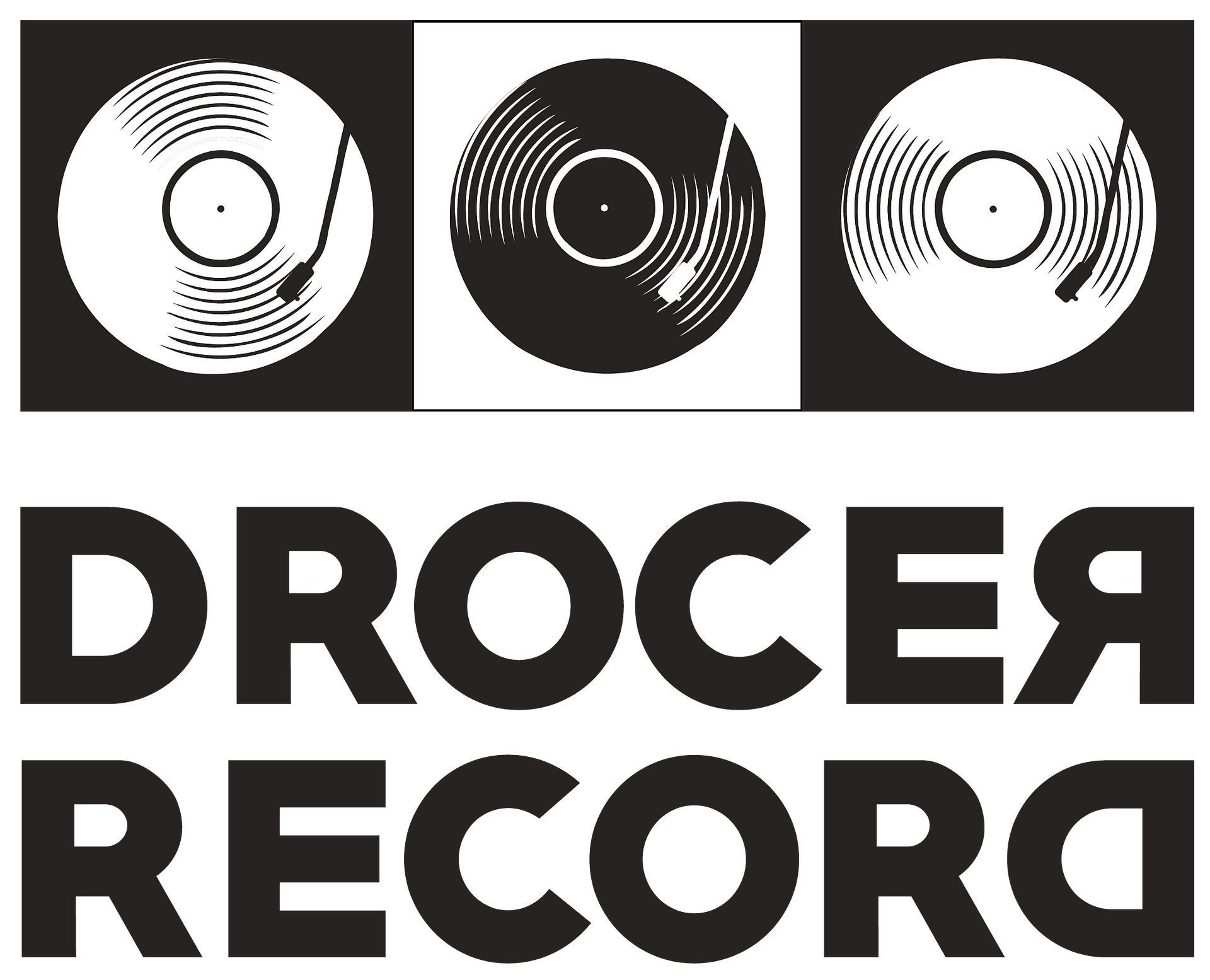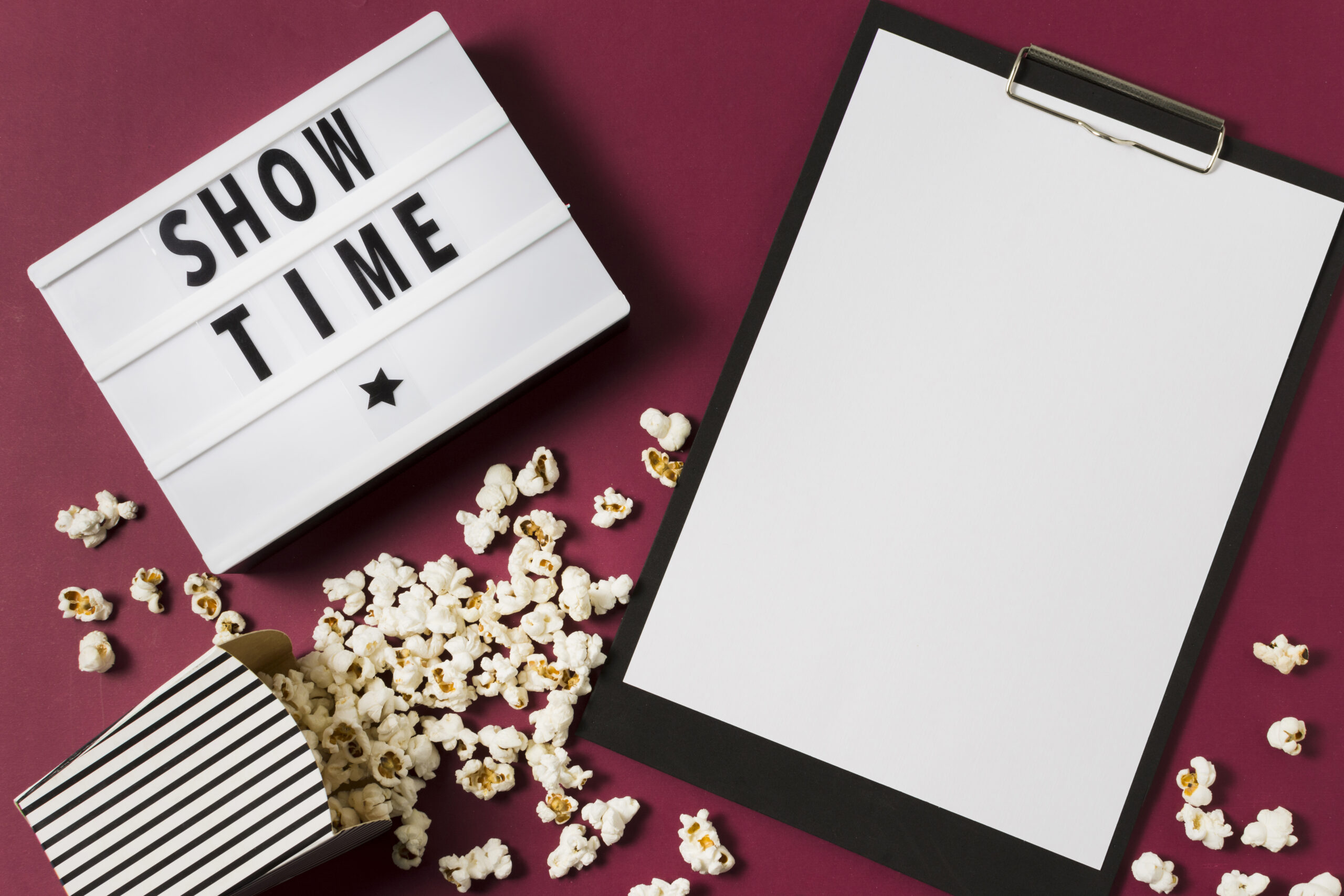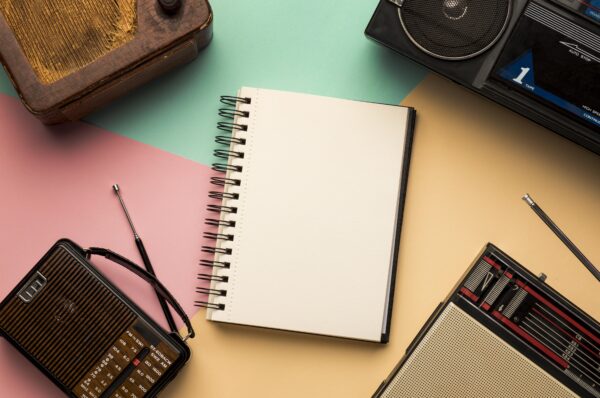The Mono Era: Late 1930s and 1940s
In the late 1930s and 1940s, the music recording and playback industry and technologies like early record players and sound in movies exclusively utilized a monaural (mono) system.
What is Mono, you may ask – well, Mono involves recording and playing back audio through a single channel, regardless of the number of sounds or instruments in the recording.
The Transition to Stereo: The 1960s
By the 1960s, the production and release of records transitioned to stereo, where audio was delivered through two channels, left and right.
Stereo subsequently became the prevailing standard, extending its influence to formats like cassettes and stereo playback systems and into the modern digital age. It’s worth noting that stereo was conceived in the late 19th century, and stereo technology was available in the early 20th century. Nevertheless, Mono persisted for an extended period because technology companies and radio broadcasters of the time were not yet prepared to abandon their mono systems.
Also Check: – Vinyl Records India
The Pioneer of Stereophonic Sound: Alan Blumlein
So meet the person responsible for this evolutionary experience: Alan Blumlein, who was given a posthumous Grammy Award for technical services to music 75 years after his death.
Alan Blumlein’s remarkable contributions to the field of electronics are evident through his 128 patents filed during his tenure at EMI. Although he worked on various aspects of transmission and communication media, such as telephone lines, television, and radar, his most significant invention was stereophonic audio.
The Blumlein Pair: Revolutionizing Audio Recording
His innovative method involved using two microphones for audio recording, which is still known as the Blumlein Pair and is still used today. These dipole microphones can capture sound from both the front and rear directions.
When positioned at right angles to each other, these two microphones can capture sound from all four corners of a room in combination. This unique approach records the direction from which the sound originates. For instance, if individuals were standing to the right and left during the recording, they would sound as if they were positioned to the right and left of the listener when the recording is played back.
This innovation represented the first technique developed to faithfully capture the directional aspects of sound.
Also Check: – Hindi vinyl records
A Lightbulb Moment in Cinema
Picture this: Back in the day, people flocked to the cinema for movie night, but there was a hitch—they were stuck with just one sad little speaker for the entire gigantic screen. It’s safe to say that a solitary speaker wasn’t cutting it, and it seriously messed with the way folks enjoyed their films.
Enter our hero, Alan Blumlein, who had a lightbulb moment while watching a movie in 1931.
The Birth of Stereo Recording: A Cinematic Solution
He decided to fix this audio problem and filed a patent for his “binaural” recording technique.
Blumlein needed to be more content with revolutionizing the cinema experience. He also devised a brilliant way to make his new stereo recording compatible with the old gramophone records of the time.
He devised a nifty method to capture two audio channels in a single groove on the record. It involved tracking the sound information from two needles moving in two different directions, like two friends dancing to their beats but always at right angles (that’s a fancy term for rotated by 90 degrees).
For regular mono recordings, the stylus moved from side to side, but for stereo, one stylus moved in and out diagonally, and the other did the same but with a cool 90-degree twist.
Also Check: – Denon dp-29f speakers
The Legacy: From Abbey Road Studios to the Beatles
What did all this lead to? Well, it paved the way for the first stereo recordings of the London Philharmonic Orchestra in 1933 at what we now know as the legendary Abbey Road Studios. Interestingly, even though Blumlein had unleashed this fantastic stereo tech, it took a while to catch on. Interestingly, this technology took quite a while to become widely adopted. Even as late as 30 years after its introduction, the Beatles continued to produce their LPs using the older mono recording method, which meant they were single-channel recordings.
A Genius Unrecognized
Surprisingly, despite his remarkable innovations, Alan Blumlein’s name didn’t gain the recognition one might assume. In the latter half of the 20th century, his genius was indeed acknowledged – we owe him for the music we can hear on vinyl today. A genius is unrecognized, truly.

An Electronics Engineer & A MBA in Marketing Graduate, Kinjal Gosar is a passionate audiophile herself. Starting her career at India’s biggest Consumer Electronics Retail Chain, her technical knowledge is amazing. Classic Rock has been a huge part of her life and her love for Music has always been evident in all her work. A vinyl collector herself, she loves spreading the joy of analouge while giving nothing but the best to her fellow vinylheads.





